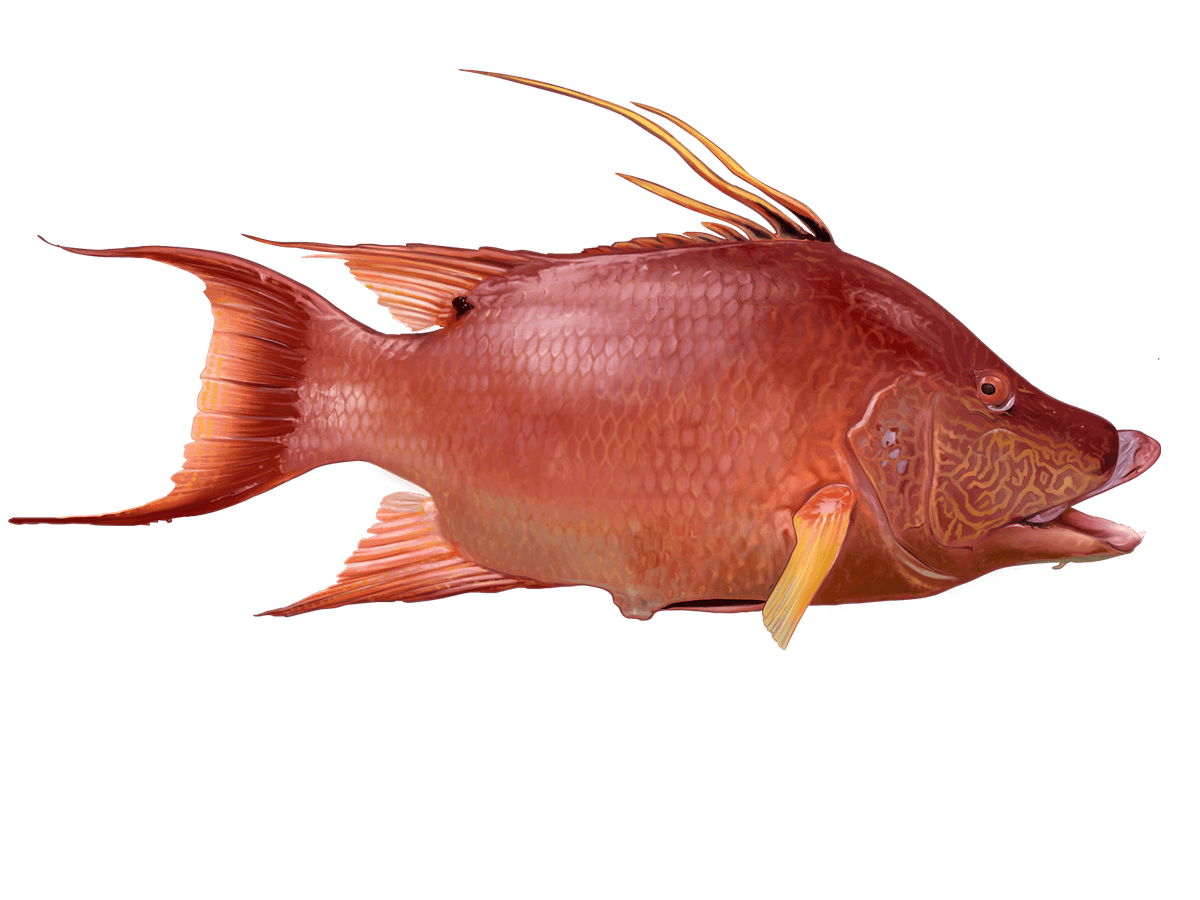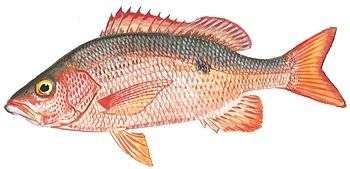Top-Rated Full Day Offshore Fishing in Clearwater
- Published Date: October 16, 2025
- Fishing
- Clearwater, FL
- $750 - $2,500 price range
Summary
%2F%2Fusers%2F838b7151-3fbc-453b-8f4c-fc00d81c634e%2Fratecard%2F366725500_667427082082466_1719913964212235609_n1.jpg&w=1200&q=75)
Deep Blue Bounty


Deep Sea Bounty: Clearwater's Offshore Fishing Bonanza
Hey there, fellow fish fanatics! If you're itching to get way out on the water and fill your cooler with some of the Gulf's tastiest bottom dwellers, you've come to the right place. We're talking about a full day, 50 miles offshore, where the big boys play. This isn't your average boat ride – it's a hardcore fishing adventure that'll have you grinning from ear to ear and your arms aching in the best way possible. So grab your sunscreen and let's dive into what makes this Clearwater offshore trip a must-do for any serious angler.
The Lowdown on Your Day at Sea
Alright, here's the deal: We're heading out for a solid 8 hours of non-stop fishing action. We're not messing around with the nearshore stuff – we're going where the real monsters live. Picture this: You're 50 miles out, nothing but blue water all around, and you're dropping lines to depths where some of the most prized eating fish hang out. We're talking lane snapper, vermilion snapper, red grouper, and a whole bunch of other delicious bottom feeders that'll make your taste buds do a happy dance. This trip is all about steady action, so expect to be busy. Whether you're a seasoned pro or it's your first time going after the deep-water crowd, you're in for a treat. And the best part? You'll be heading home with a cooler full of fresh fillets that'll make you the hero of your next fish fry.
How We Roll on the Deep Blue
Listen up, because this is where the magic happens. We're not just drifting around hoping for a bite – we're using top-notch electronics to find the honey holes where the fish are stacked up. Once we're on the spot, it's time to break out the heavy artillery. We're talking about stout rods, high-capacity reels, and braided line that can handle the pressure of hauling up big fish from the depths. We'll be using a mix of live bait and cut bait, depending on what's working best that day. And let me tell you, when you feel that thump on your line and start cranking, it's like a freight train on the other end. You'll be using techniques like bottom fishing and jigging, and I'll be right there to show you the ropes if you're new to this game. It's a workout, no doubt, but man, is it worth it when you see that big ol' grouper or amberjack coming over the rail.
Target Species Breakdown
Let's talk about the stars of the show – the fish we're after. First up, the Greater Amberjack. These bruisers are like the linebackers of the sea. They're strong, they're mean, and they'll test your stamina like nobody's business. We typically find these guys hanging around wrecks and reefs, and when they hit, hold on tight! Best time to target them is usually in the spring and fall, and trust me, when you hook into a 40-pounder, you'll know why we call them "reef donkeys."
Next, we've got the Hogfish. Don't let their goofy looks fool you – these are some of the best-eating fish in the ocean. They're tricky to catch, which is part of the fun. We usually go after them with light tackle and live bait, and it takes a bit of finesse to get them to bite. But man, when you do, it's like striking gold. They're around all year, but winter and spring can be especially good.
The Mahogany Snapper is another tasty target. These guys are beautiful fish with their deep red color, and they put up a great fight for their size. They like to hang out near rocky bottoms and reefs, and we usually catch them while we're targeting other snappers. They're most active in the warmer months, and let me tell you, they make for some fantastic fish tacos.
Last but definitely not least, we've got the Gag Grouper. These are the heavyweights of the grouper family, and they're known for their hard-fighting attitude and delicious white meat. We find them around rocky ledges and reefs, and when you hook one, it's a battle from start to finish. They try to dive back into their hidey-holes, so you've got to be quick on the reel. The season for these guys is usually in the cooler months, and landing a big one is always a highlight of any trip.
Why Anglers Can't Get Enough
Look, I've been running these trips for years, and I still get pumped every single time we head out. There's just something about being way offshore, surrounded by nothing but water, and then suddenly – bam! – you're in a full-on fish frenzy. It's the kind of fishing that gets in your blood. You'll be sharing stories about the "one that got away" for years to come. And let's not forget about the camaraderie. There's nothing like working together to haul in a big one or celebrating each other's catches. Plus, the sense of accomplishment when you see that full fish box at the end of the day? Priceless.
Lock In Your Spot Now
Alright, folks, here's the bottom line: If you're looking for a fishing trip that'll give you stories to tell for years to come, this is it. We're talking about a full day of action-packed fishing, targeting some of the most sought-after species in the Gulf. You'll learn new techniques, test your skills, and come back with a boatload of fresh fish. And hey, with a max of 4 guests, you know you're getting personalized attention to make the most of your day. So what are you waiting for? Grab your buddies, book your spot, and let's get out there and slay some fish. The Gulf is calling, and the fish are waiting. Don't miss out on this chance to experience some of the best offshore fishing Clearwater has to offer. See you on the water!
Learn more about the species
Gag Grouper
Gags are one of our most popular grouper species, and for good reason. They grow big - 20-30 pounds is common, with some topping 50. You'll find them around rocky bottoms, reefs, and wrecks from 60-250 feet deep. They're structure-oriented, so look for ledges and holes. Fall is prime time as they move inshore to spawn. Anglers love gags for their hard-fighting nature and excellent table fare. When you hook one, be ready for a battle - they'll try to dive back into their holes. To land a big one, use heavy tackle and stout line. Live bait like pinfish or grunts works best. Here's my go-to trick: keep your rod tip low and reel fast once they're hooked. Don't give 'em an inch, or they'll break you off on the rocks. It's a workout, but man, is it worth it when you get one in the boat.

Greater Amberjack
These bruisers are a blast to target offshore. Averaging 30-40 pounds but sometimes topping 100, amberjacks put up a serious fight. You'll find them around deep reefs and wrecks, usually 100+ feet down. They school up, so when you hook one, get ready for more. Spring and fall are prime seasons as they move inshore to spawn. Anglers love 'em for the sheer power - these fish will test your arms and your gear. To land one, you need heavy tackle and a good supply of live bait like blue runners or speedos. My pro tip: once hooked, crank like crazy to get 'em away from the structure, or they'll break you off for sure. The meat's good eating too, just watch out for the bigger ones that can carry ciguatera.

Hogfish
Don't let the name fool you - hogfish are some of the best eating fish in these waters. They're not huge, usually 2-3 pounds, but what they lack in size they make up for in flavor. You'll find 'em around rocky bottoms and reefs in 30-100 feet of water. They're curious critters, often swimming right up to divers. Spring and summer are the best times to target 'em. Anglers dig hogfish for their sweet, flaky meat and the challenge of catching 'em. They're tricky to hook on rod and reel due to their small mouths. Here's a local secret: use small hooks and pieces of shrimp or crab. If you're really after 'em, learn to spearfish - that's how most folks land the big ones. Just remember, they're smart and spook easily, so you gotta be stealthy.

Mahogany Snapper
These little snappers might not be the biggest fish in the sea, but they're a fun catch and tasty to boot. Most run 15-19 inches, perfect for the dinner table. You'll find 'em around coral reefs and rocky bottoms, often in schools. They're most active at night, so evening trips can be productive. Mahogany snappers are great for light tackle anglers - they put up a good fight for their size. Folks enjoy targeting them because they're abundant and make for some fast action. To hook one, try using small live baits like pilchards or cut squid. Here's a tip: when the current's running, use just enough weight to keep your bait near the bottom. These guys aren't picky eaters, but they can be line-shy, so go with a fluorocarbon leader if you're not getting bites.

About the Outlaw Gunner Charters
%2F%2Fusers%2F838b7151-3fbc-453b-8f4c-fc00d81c634e%2Fvehicle_picture%2Fscreenshot2025-02-26054851.png&w=1200&q=75)
Vehicle Guest Capacity: 6
Manufacturer Name: Yamaha
Maximum Cruising Speed: 40
Number of Engines: 2
Horsepower per Engine: 250
/filters:format(jpeg,png)/fit-in/300x300/guide_websites/22172/images/redandblackillustrativefishingteambadgelogodesign.png)
/filters:format(jpeg,png)/fit-in/237x80/guide_websites/22172/images/redandblackillustrativefishingteambadgelogodesign.png)
%2Fusers%2F838b7151-3fbc-453b-8f4c-fc00d81c634e%2Fimages%2Fgrey-snapper-florida-fishing-2807.jpg&w=768&q=75)
%2Fusers%2F838b7151-3fbc-453b-8f4c-fc00d81c634e%2Fimages%2Fgreater-amberjack-clearwater-fishing-2674.jpg&w=768&q=75)
%2Fusers%2F838b7151-3fbc-453b-8f4c-fc00d81c634e%2Fimages%2Flone-angler-florida-haul-2673.jpg&w=768&q=75)
%2Fusers%2F838b7151-3fbc-453b-8f4c-fc00d81c634e%2Fimages%2Ffishing-trip-florida-2730.jpg&w=768&q=75)
%2Fusers%2F838b7151-3fbc-453b-8f4c-fc00d81c634e%2Fimages%2Fsuccessful-fishing-trip-florida-2783.jpg&w=768&q=75)
%2Fusers%2F838b7151-3fbc-453b-8f4c-fc00d81c634e%2Fimages%2Fbountiful-fishing-haul-clearwater-2895.jpg&w=768&q=75)
%2Fusers%2F838b7151-3fbc-453b-8f4c-fc00d81c634e%2Fimages%2Fbig-fish-landed-florida-2757.jpg&w=768&q=75)
%2Fusers%2F838b7151-3fbc-453b-8f4c-fc00d81c634e%2Fimages%2Fanglers-catch-5-fish-clearwater-2825.jpg&w=768&q=75)
%2Fusers%2F838b7151-3fbc-453b-8f4c-fc00d81c634e%2Fimages%2Ffishing-in-fl-2454.jpg&w=768&q=75)
%2Fusers%2F838b7151-3fbc-453b-8f4c-fc00d81c634e%2Fimages%2F6-fishing-in-fl-2820.jpg&w=768&q=75)